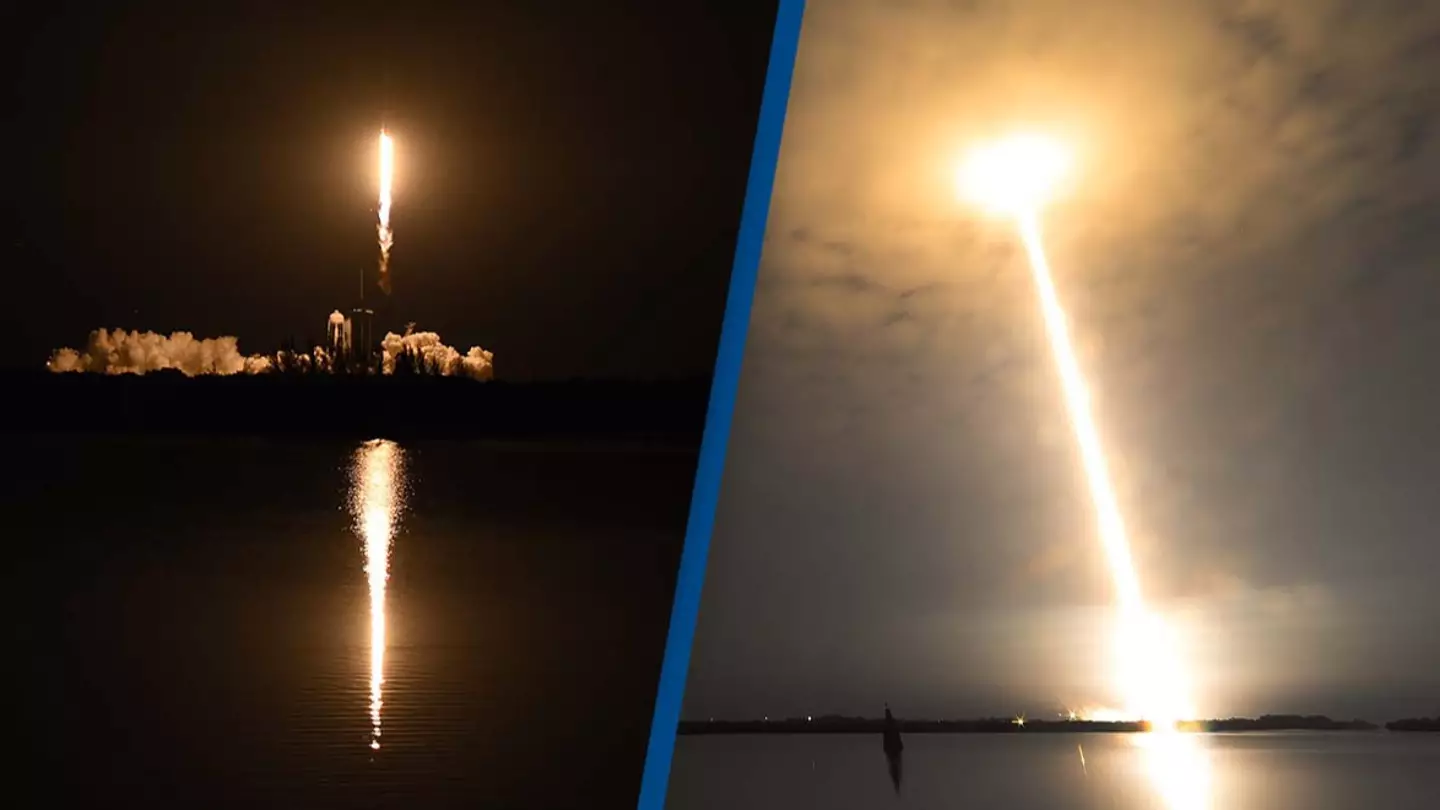
A certain South-African entrepreneur may have ‘punched hole’ in Earth's atmosphere and at this point, is it really surprising?
When playing with big rockets, you’ve got to know that sometimes things go wrong.
According to a new analysis, it suggests that the rocket launched by Elon Musk’s SpaceX last week may have punched a hole in the Earth’s ionosphere.
Advert
Detailing that the Falcon 9 rocket which launched on 19 July from California at the Vandenberg Space Force Base, is likely to have punched a hole in the ionosphere.
But what is an ionosphere we hear you cry?
It’s a layer around Earth that consists of the fourth state of matter, plasma, and a sea of electrically charged particles at around 50-400 miles above the surface of Earth.

That probably doesn’t make a lot of sense to us common folk but to space physicist Jeff Baumgardner it’s simple.
Advert
After reviewing the footage from the launch, the Boston University physicist said it was 'quite possible' that an ionospheric 'hole' was made by the launch.
He went on to tell Spaceweather.com that 'this is a well studied phenomenon when rockets are burning their engines 200 to 300km (around 120 to 190 miles) above Earth’s surface'.
As it’s been well researched that the more we send rockets into space, the more common holes are going to be in the ionosphere, which is the very thing that makes radio communications on Earth possible.
This is because studies have shown that a rocket’s exhaust flames can alter the process of how charged particles form in the layer, which might be what Musk’s rocket did.
Advert
As the ionosphere grows and shrinks based on conditions, and is categorised into three sub-regions (D, E and F), which are based on which wavelength of solar radiation a layer absorbs.
When rockets move through this ionosphere, these studies have shown that it generates large disturbances which then will travel faster than the speed of sound, generating shockwaves within the layer.

Thankfully, the hole is only temporary, as reionization takes place when the sun rises the next day.
Advert
This isn’t the first time a SpaceX launch has caused a hole in the ionosphere.
In 2017, a SpaceX Falcon 9 rocket launched carrying Taiwan’s Formosat-5 satellite and induced 'gigantic circular shock acoustic waves' in the ionosphere minutes after the launch.
A study published in the journal Space Weather found that about ten or so minutes after lift off, a giant hole was created in the ionosphere which scientists detailed in their study.
They wrote: “The rocket-exhaust plume subsequently created a large-scale ionospheric plasma hole (~900km in diameter) with 10-70 per cent TEC depletions in comparison with the reference days.”
Advert
So, are we expecting another soon?
Topics: Elon Musk, SpaceX, Space, News, World News, Technology
